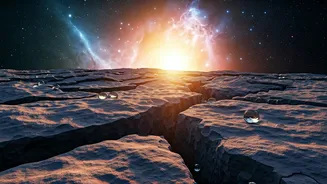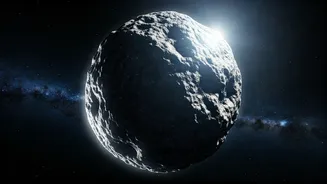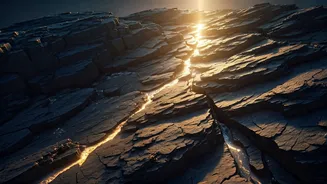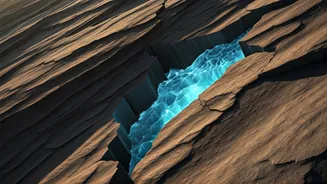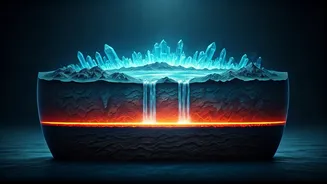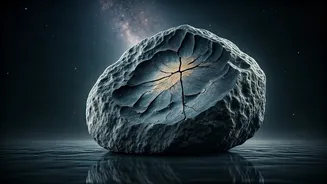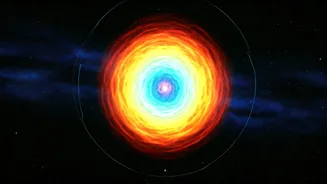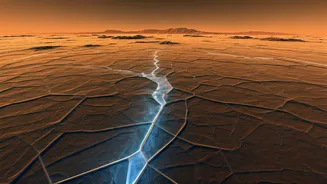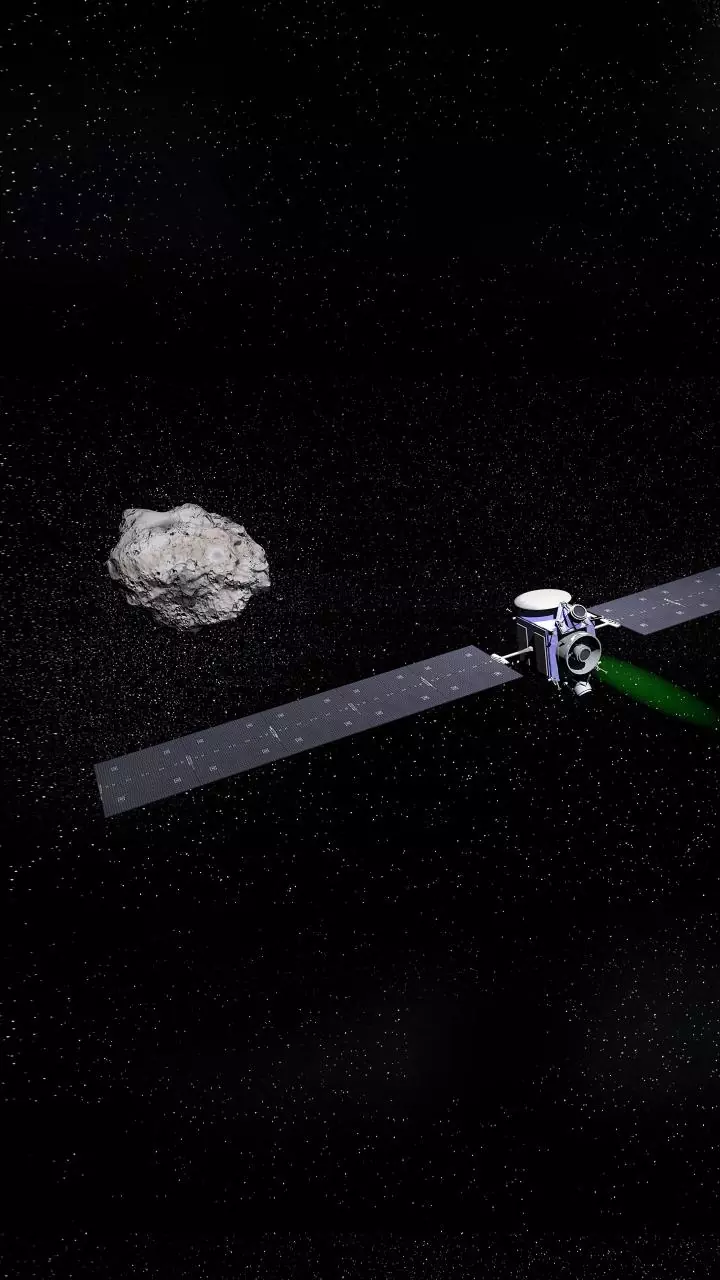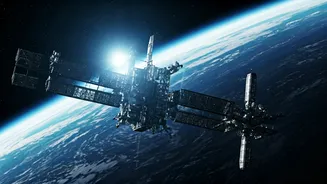Ryugu's Ancient Secrets
The remarkable revelation stems from the analysis of samples collected from the asteroid Ryugu. This asteroid, a near-Earth object, captured the interest
of scientists due to its primitive composition. After a long journey, the Hayabusa2 spacecraft successfully brought back these samples to Earth, allowing for detailed investigation. These samples provided scientists with a unique opportunity to study a celestial body from its formation, a time when the solar system was still taking shape. The focus was on identifying and analyzing any signs of water. The outcome of the analysis yielded astonishing results, confirming the presence of water within the asteroid's structure.
Unveiling Water's History
The research teams used advanced techniques to analyze the Ryugu samples. They searched for telltale signs of water, like hydrated minerals and water molecules trapped within the asteroid's structure. Their investigations pinpointed water molecules dating back approximately a billion years. These findings offer crucial information about the distribution of water in the early solar system. This discovery suggests that water may have been widespread during the solar system's formative period. Furthermore, the analysis indicates that Ryugu's water originated from the same material that formed our solar system. The discovery provides essential information for understanding how water, a critical ingredient for life, came to be on Earth and throughout the cosmos.
Asteroid's Unique Composition
The composition of the Ryugu asteroid plays a pivotal role in understanding these findings. Ryugu is classified as a C-type asteroid, rich in carbon. The carbon-rich composition is often associated with the presence of hydrated minerals, containing water molecules within their structure. The analysis revealed that the asteroid's material included clay-like minerals, formed through the interaction of water and the rocky material. The unique composition of Ryugu allowed the team to explore the history of water in the early solar system. The team also examined the presence of organic molecules. These molecules, along with water, are essential for life. The presence of these organic substances further reinforces the significance of Ryugu in understanding the origins of life and the building blocks of planets.
Implications for Space Exploration
The discovery has extensive implications for space exploration and the quest to understand the origins of life. The finding supports the idea that asteroids, like Ryugu, may have played a key role in delivering water to planets like Earth. This concept is a fundamental aspect of understanding how life emerged on our planet. Furthermore, the analysis of Ryugu’s water composition contributes to a better understanding of the diversity of water sources in the solar system. The knowledge gained from this study can guide future missions to other asteroids and celestial bodies. The objective is to analyze them and get an idea of the distribution of water and its origins. The insights from the Ryugu samples set an example for how we study celestial bodies to unlock the secrets of our cosmic past.
